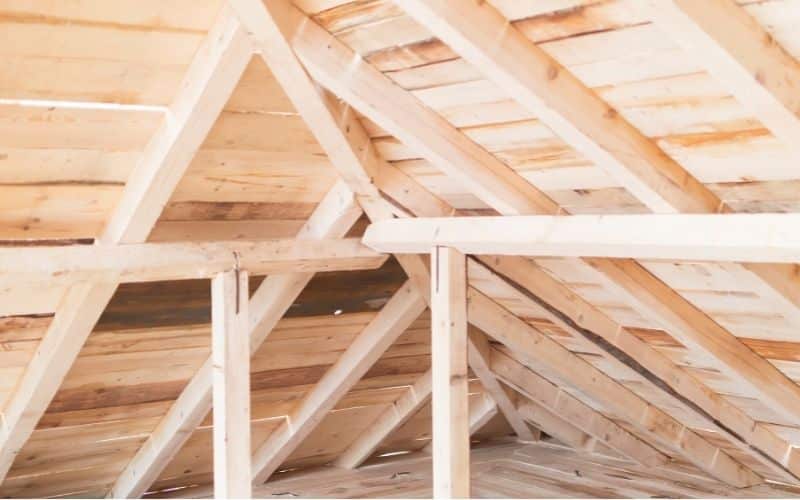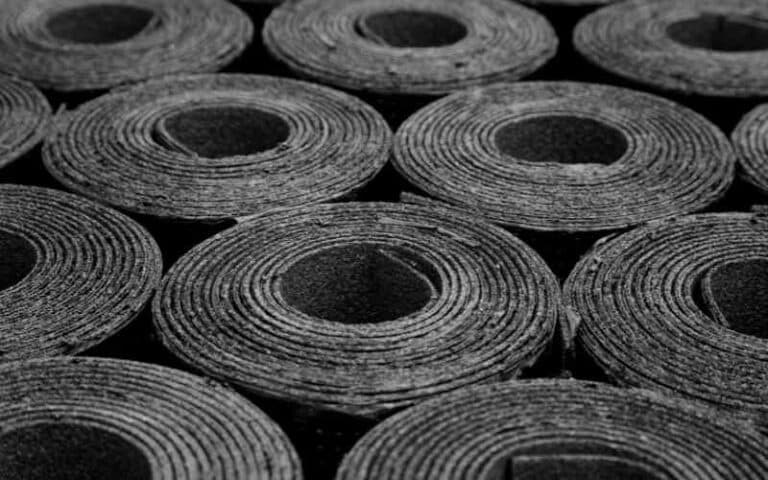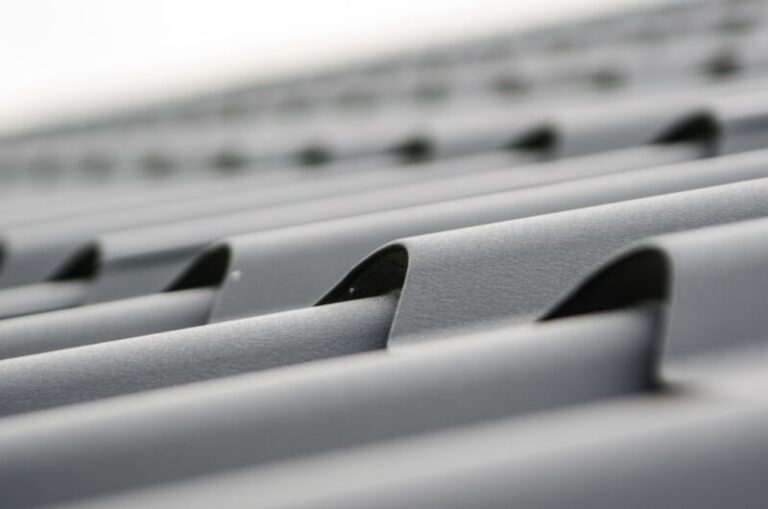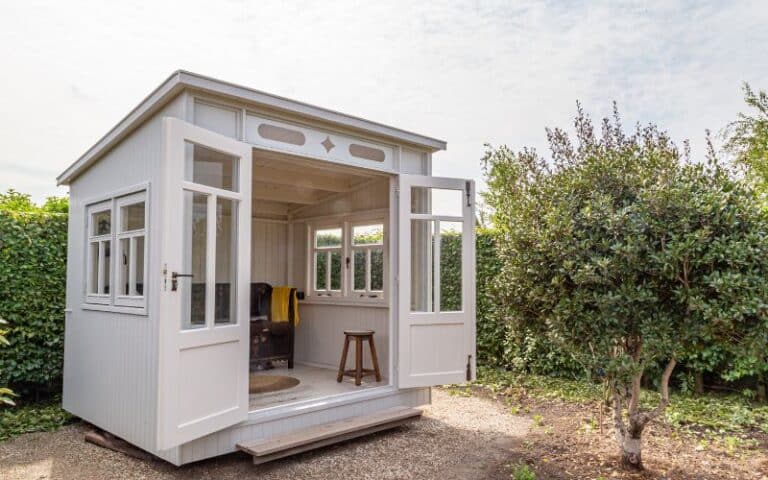You can use plywood over shiplap to protect your roof, as shiplap has been in existence for a long time. So, houses with shiplap for roofs have become aged and brittle and dried, therefore, starting to leak.
Thus, protecting the home becomes a priority, hence, the need for plywood over the shiplap roof.
So, you can put plywood over a shiplap roof. You can certainly do that, and here is why. Read more to know if you can put Plywood Over Tongue & Groove?
But, before we get into that, let us discuss exterior grade plywood first, as this forms the basis of our discussion on whether you can cover your shiplap roof with plywood or not.
Using plywood over a shiplap roof can protect your roof as the resin in the shiplap dissipates and becomes brittle, causing the roof to leak. However, removing the entire shiplap takes time and money. So, replacing plywood over a shiplap roof with exterior grade plywood is the best way to save time and money.
Ready for a Roofing Quiz?
Can You Put Plywood Over the Shiplap?

Yes, exterior grade plywood over existing shiplap is allowed; however, you should have at least 1/2 inch between each ply to prevent bowing.
When looking for a cost-effective and time-efficient way to cover your existing sheathing, using a panel is a great option.
You should always use exterior-grade plywood over the existing sheathing to avoid bowing, but if you have 1/2 inch of space between each panel, you can cut out your waste on an outdoor table saw.
You should place each panel and add or remove a thin set before nailing them down; while they’re lightweight and easy to install, they can be challenging to maneuver once they’re up.
Another cost-effective method is to use plywood over existing sheathing.
You can purchase exterior grade sheets of plywood and nail them up over your existing sheathing, which should be at least 1/2 inch away from your original layer of shiplap.
However, most plywood comes in 4 x 8-foot sheets if you’re installing them over an old deck or ceiling.
Finally, you can also install plywood over existing sheathing. While it’s more expensive than covering an entire ceiling with foam insulation, it’s one of the easiest ways to insulate your current home.
It is easy to work with plywood because it comes in standard sheets and is lightweight, so you should be able to nail up a few 4 x 8-foot sheets in no time at all.
Installing plywood over existing sheathing doesn’t have to be an elaborate project.
You can cover an entire ceiling in a few hours, which is perfect if you need to insulate quickly or want to avoid dealing with heavy sheets of insulation.
Plus, exterior grade plywood has a moisture barrier already built into it and will stand up to any weather you throw at it.
What Kind of Plywood Should I Use For Shiplap?
Many types of plywood can be used over the sheathing to provide a finished exterior surface, but each has its benefits and drawbacks.
The type you use will depend on your personal preferences, how much money you want to spend, and what kind of sheathing is under your plywood.
Here’s a breakdown of three common choices for plywood over existing shiplap:
- Exterior-grade plywood
- Treated plywood
- Tongue-and-groove boards
#1. Exterior-Grade Plywood
According to The Plywood Handbook (a Forest Products Laboratory Publication), exterior-grade plywood offers more protection against water damage and warping than a standard grade.
Therefore, if you live in a climate with a lot of rain or if your sheathing is exposed to direct sunlight and humidity, you should consider using exterior-grade plywood.
#2. Treated Plywood
If you don’t need your plywood to last a lifetime, you may want to consider using treated lumber.
This type of wood is less expensive than exterior-grade plywood, and you cut it to fit over existing tongue-and-groove boards that you have installed on your walls or ceiling.
#3. Tongue-and-Groove Boards
If you like having lots of options for style and design, then using tongue-and-groove plywood is a good option.
It is more affordable than exterior grade plywood, and it’s easy to install over a sheathing that already has tongue-and-groove boards in place.
Keeping in mind that you most often use exterior-grade plywood and treated plywood over sheathing, you should try to find a local supplier who has it in stock.
If not, be prepared to wait at least ten days for delivery if you choose to purchase online.
How to Install Plywood Over a Shiplap Roof?
Exterior-grade plywood is easy to work with, and you should use it over existing sheathing.
As long as your new plywood sheets are of exterior grade, you can install them over your existing tongue-and-groove sheathing.
You’ll only need a few essential tools for this job. Wear gloves and safety glasses when cutting or nailing to prevent injury from sharp edges.
A pneumatic nail gun will make installation easier, but most DIYers do not require it.
Installing plywood over existing sheathing is as simple as measuring, cutting, and nailing. Here’s how to do it:
- Measure your plywood sheets. Cut two pieces of exterior grade plywood for each section of existing sheathing. Set both layers aside.
- Installing your sheets over your existing ones is a matter of nailing down those panels in place.
There are a few ways to approach your project, depending on your access to sheathing and your attachment method.
You’ll need to consider whether you have enough room for screws or if you’ll need to do it all with nails. Here are four ways to install plywood over a shiplap roof.
- The first method is to nail plywood over existing sheathing. There are several options depending on whether you have access to sheathing and whether you’re using 3- or 4-inch nails.
If you’re working with a pneumatic nail gun, install 1/2-inch exterior grade plywood over the existing tongue-and-groove sheathing. Each piece should have an additional 2 inches of overhang beyond your original 1×6 tongue-and-groove boards.
If you’re not using a pneumatic nail gun, use 4-inch nails to attach 1/2-inch plywood over existing tongue-and-groove sheathing. Each sheet of plywood should have at least 3 inches of overhang beyond your original boards.
- The second method for installing plywood over existing sheathing involves nailing down your sheets and attaching a new layer of 1×6 tongue-and-groove boards over your finished plywood.
Again, it may sound like it requires more work, but there are advantages to using tongue-and-groove boards.
This method requires starting with 2×6 or 2×8 exterior grade plywood. First, you’ll want to add 3 inches of overhang on each side of your existing sheathing.
Then you can attach 1×6 tongue-and-groove boards over your finished plywood sheets.
- The third method for installing plywood over existing sheathing involves running screws through your sheets before attaching a new layer of 1×6 tongue-and-groove boards.
It is fast and easy to install plywood over your old sheathing since you don’t need to fuss with nails. Using 2×6 or 2×8 exterior grade plywood, cut two pieces of plywood to run over each side of your existing sheathing. - The fourth method for installing plywood over existing sheathing involves a mix of nails and screws.
It allows you to install two layers of plywood over your existing sheathing, with tongue-and-groove boards sandwiched in between. Again, it will be fast if you use a pneumatic nail gun.
Conclusion
You can prevent your home built with shiplap roofs from bowing by placing plywood over them.
The best plywood to use in this situation is exterior-grade plywood, although you can use other types of plywood over shiplap roofs.
Be rest assured about using plywood over shiplap when using exterior-grade plywood!






